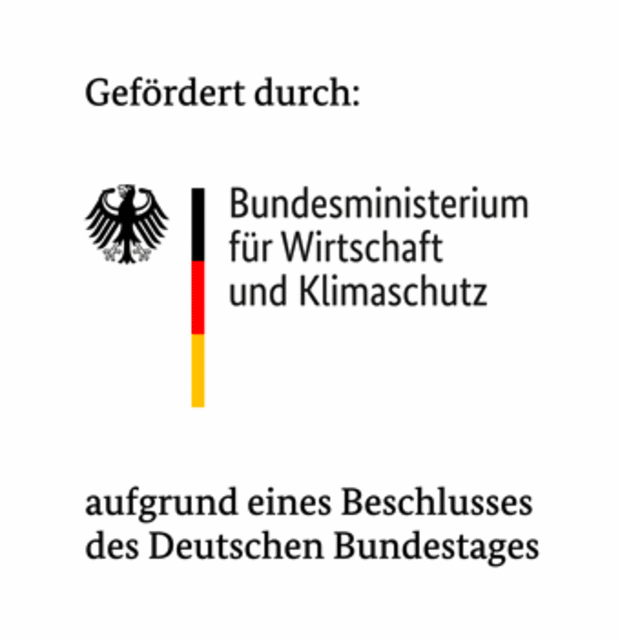LUNTE2 - Sensitivity tests of electronic components
BMWi (Bundesministerium für Wirtschaft und Klimaschutz)
Project start: 01.04.2021
Project duration: 36 months
Budget: € 400.300,-
Electronic components of all types are directly exposed to cosmic radiation in space, as there is no protective Earth magnetic field that can at least partially block the radiation in terrestrial applications. A major risk of failure is posed by so-called Single-Event Effects (SEE), which refer to a group of single-ion correlated failure mechanisms such as Single-Event Latchup (SEL) or Single-Event Burnout (SEB).
In a previous project, it was shown that SEEs, especially the destructive SEL, can be reproducibly generated in test objects using a diode laser setup. Now, we will apply this knowledge and expertise to the generation of SEE in microcontrollers and investigate to what extent conclusions regarding radiation hardness can be derived from laser investigations. Furthermore, we want to apply the developed technique of laser-based characterization for the first time to power devices, particularly Superjunction-MOSFETs (CoolMOS). In contrast to other published studies, we will compare the results of the spatially resolved laser investigations with spatially resolved single-ion irradiation, varying the available energy input (Linear Energy Transfer - LET) over a wide spectrum. Through the spatially resolved ion irradiation, we hope to achieve much more accurate comparison possibilities between the laser and ion irradiation experiments.
Spatially resolved ion irradiation is planned for high LET at the GSI accelerator in Darmstadt and for lower LET at the Helmholtz Center Dresden-Rossendorf (HZDR). Thus, in the project, three approaches to spatially resolved characterization of SEE will be compared:
- Laser irradiation - cost-effective, feasible in the laboratory, easy access
- Spatially resolved ion irradiation with high LET at GSI - elaborate, strongly limited access
- Spatially resolved ion irradiation with low LET at HZDR - medium effort, good and regular access possible.
Ultimately, the results of this project should contribute to a clearer understanding of the possibilities of laser technology in combination with the use of low-LET ion irradiation in SEE investigations and thus to a more informed assessment of the potential of these two easily accessible technologies.
Project management: Prof. Burkart Voß
Project partner: Prof. Michael Rüb
Contact details:
Tel.: +49 3641 205 731
Email: burkart.voss@eah-jena.de
Web: Homepage
